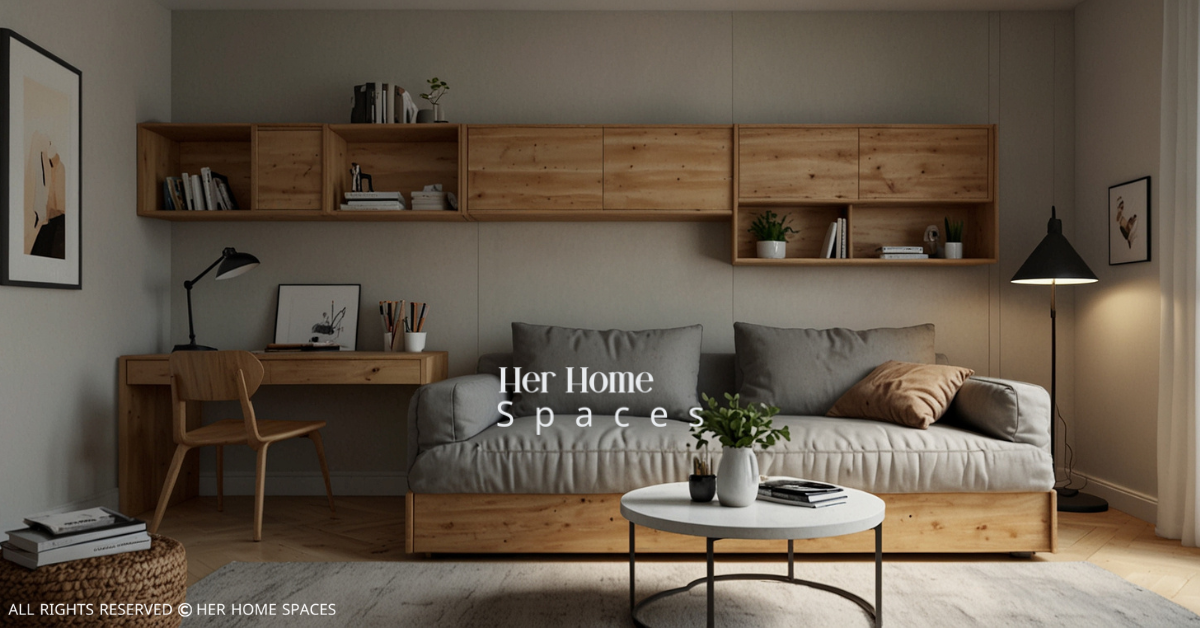Redesigning a small room can feel like a daunting task, but with a bit of creativity and the right approach, you can turn even the tiniest spaces into a cozy and functional retreat. Whether you’re working with a compact bedroom, a narrow living room, or a small office, the key is to think smart and stylish. In this guide, we’ll walk you through practical, space-saving ideas that will help you make the most of every square inch. Let’s dive in and discover how you can redesign small rooms into big ideas!
1. Understanding the Space
Measure and Assess
The first step in redesigning any room, especially a small one, is to understand the space you’re working with. This might sound obvious, but trust me, getting out that tape measure and taking accurate measurements is crucial. When I was working on my tiny guest bedroom, I realized the importance of knowing the exact dimensions. It saved me from buying a bed that would have been too large!
Take note of the layout, natural light, and any existing features like windows or built-in storage. Knowing your space inside and out will help you make informed decisions about furniture placement, color schemes, and storage solutions.
Identifying Key Functional Zones
In small rooms, every inch counts, so it’s essential to define the primary function of the space. Are you designing a cozy living room where you can relax and entertain guests? Or perhaps a small office where productivity is key? Once you’ve identified the room’s main purpose, you can prioritize which areas need more space and which can be minimized.
When I was redesigning my small home office, I realized that I needed a lot of desk space for my work but could compromise on storage by going vertical. By defining the functional zones early on, I could make smarter design choices that suited my needs.
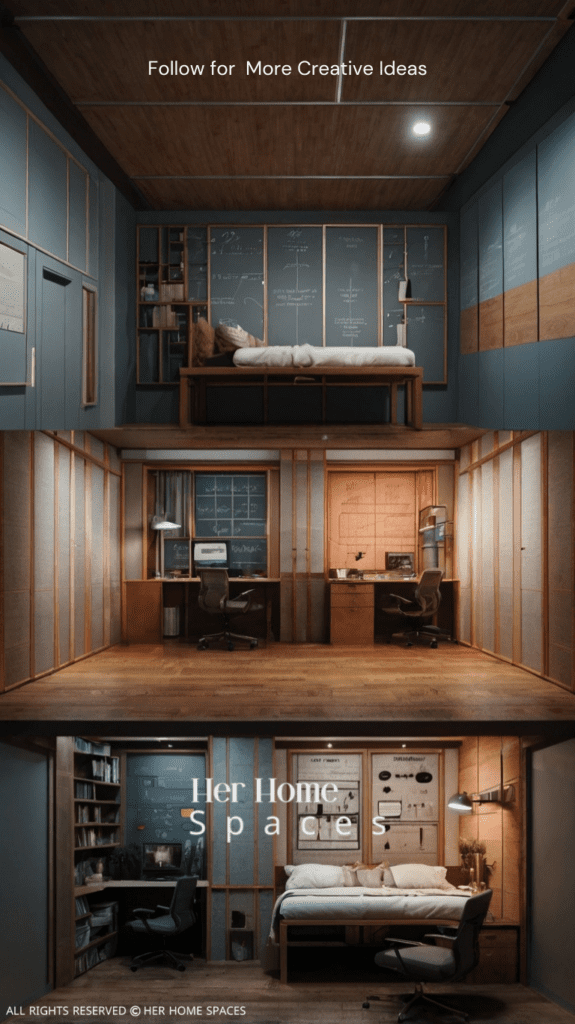
2. Choosing the Right Color Palette
Light and Bright
One of the most effective ways to make a small room feel larger is through the use of color. Lighter colors, such as soft neutrals, pastels, and whites, can create an airy, open feel. In my own home, I opted for a light grey on the walls of my small living room, which instantly made the space feel more expansive.
Not only do lighter shades make a room feel bigger, but they also reflect more light, which is a huge plus in smaller spaces. If you want to add a bit of warmth without compromising on the airy feel, consider soft beige or light taupe.
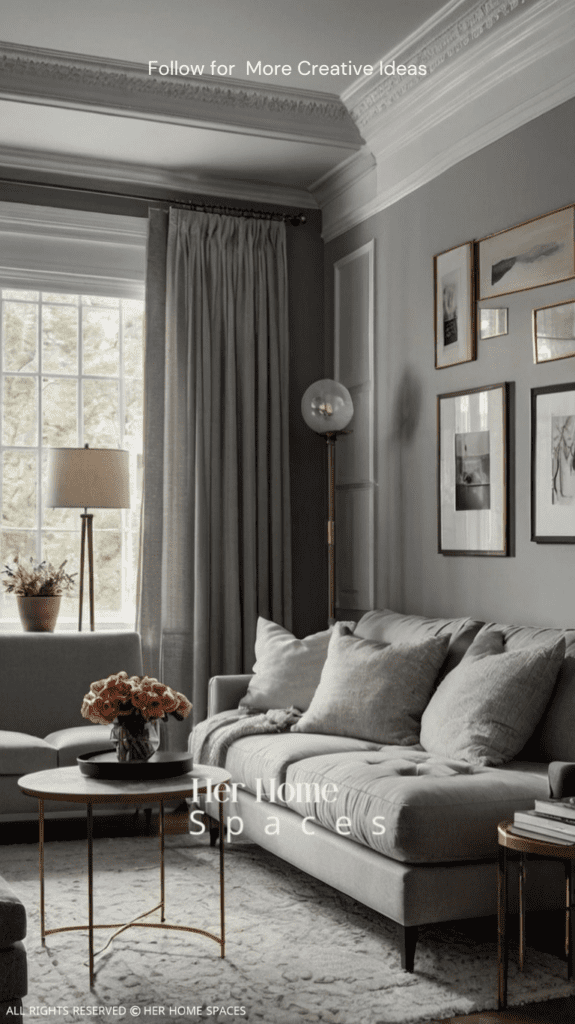
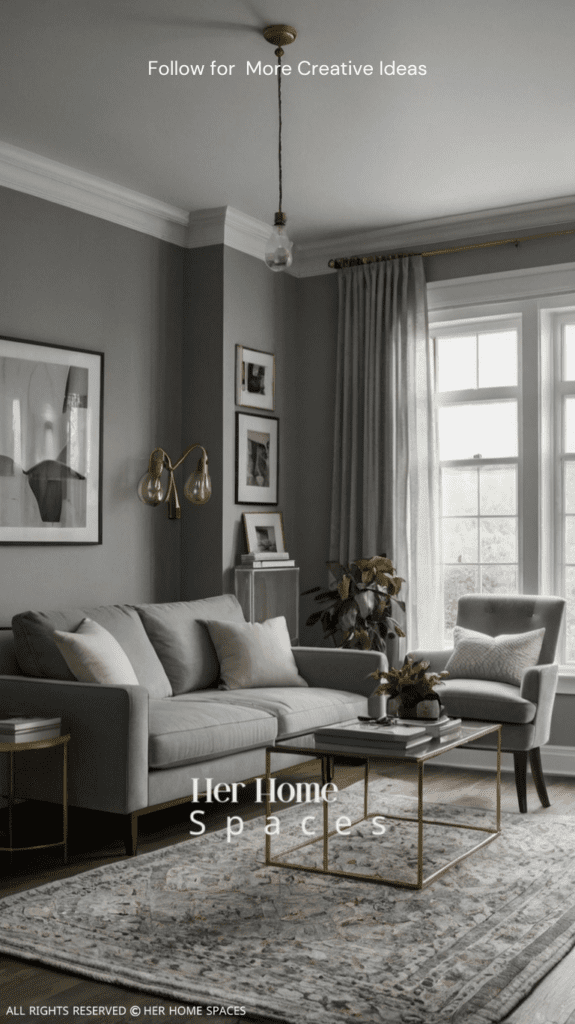
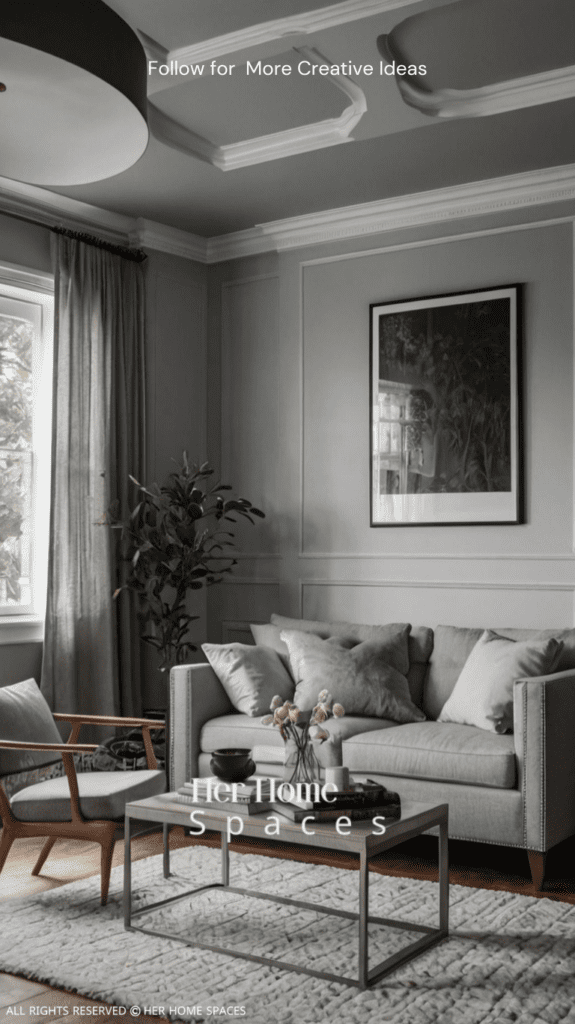
Accents and Depth
While keeping the main color palette light, don’t be afraid to add depth with accents. This could be through an accent wall, a bold piece of art, or even colorful throw pillows. Just be sure not to go overboard. A little goes a long way in small spaces.
In my bedroom, I added a navy blue accent wall behind the bed. It added just the right amount of drama without overwhelming the space. The key is to balance the boldness of your accents with the softness of your primary palette.

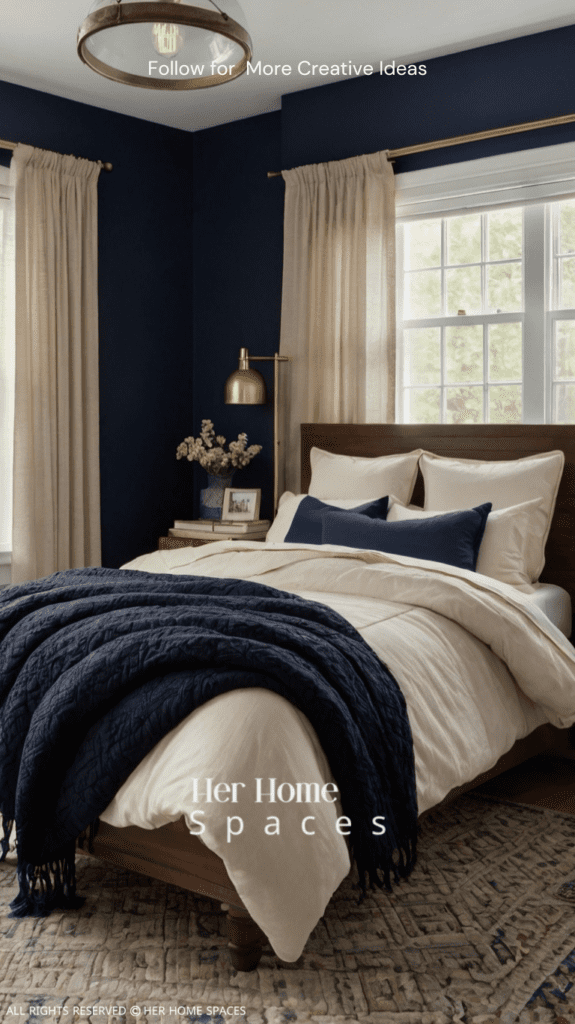

Ready to tackle your next home improvement project? Check out HOTO TOOLS for a wide selection of high-quality tools that make DIY tasks easier and more enjoyable. From power tools to handy accessories, they have everything you need to bring your home improvement dreams to life. Shop now and equip yourself for success!
3. Maximizing Vertical Space
Wall-Mounted Storage Solutions
When floor space is limited, look up! Vertical storage solutions are a lifesaver in small rooms. From wall-mounted shelves to hooks and cabinets, there are endless ways to use your walls for storage without taking up precious floor space.
In my kitchen, which is as small as they come, I installed floating shelves above the counters. These shelves hold everything from cookbooks to spices, freeing up counter space and making the room feel less cluttered.
Image prompt: A small kitchen with floating shelves above the counters, showcasing efficient vertical storage.
Tall Furniture
Another trick to maximizing vertical space is to choose tall, slim furniture. Tall bookshelves, armoires, and even floor lamps draw the eye upward, creating the illusion of height. In my tiny hallway, I placed a tall, narrow bookcase, which not only added storage but also made the space feel taller.
Look for furniture that serves multiple functions. For example, a tall dresser with a mirror can act as both storage and vanity, saving space and adding functionality.
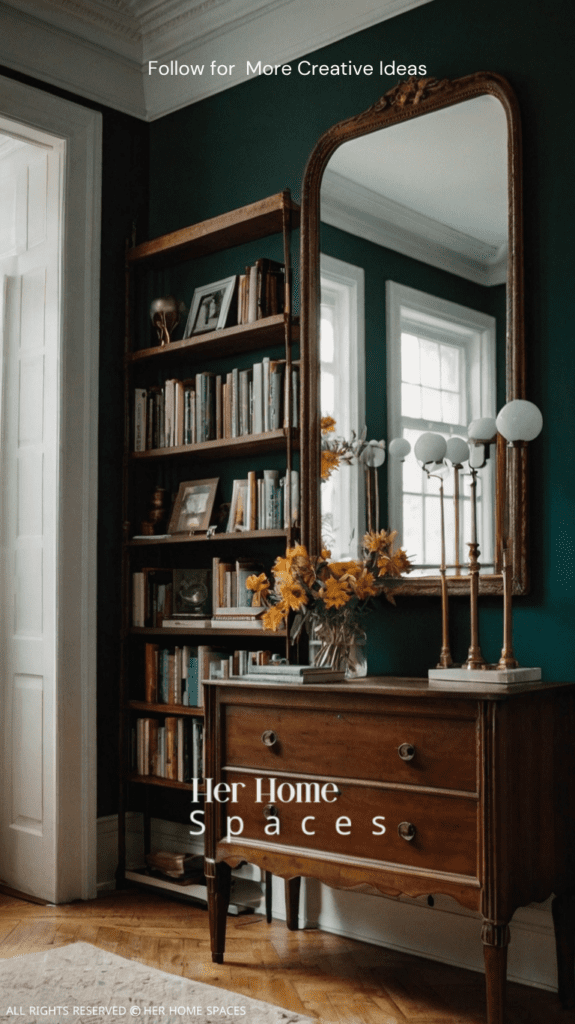
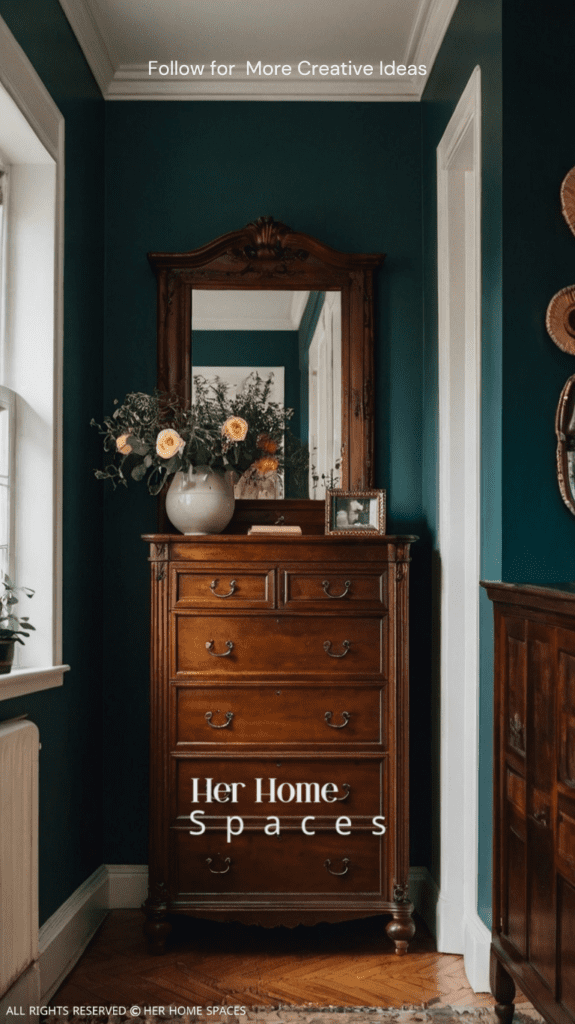
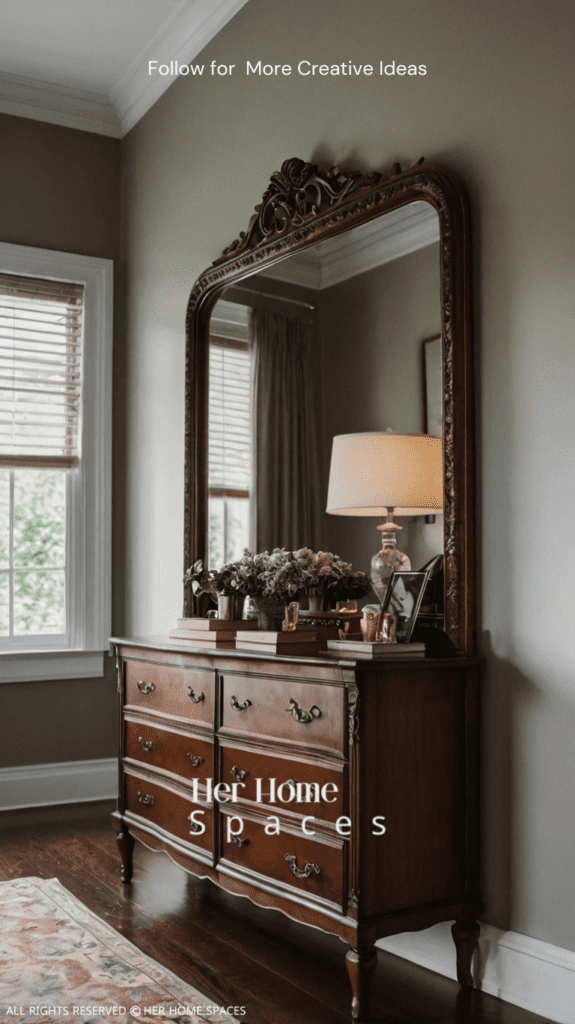
4. Furniture Selection and Arrangement
Opt for Multi-Functional Furniture
When space is tight, every piece of furniture needs to earn its keep. Multi-functional furniture is the way to go. Think sofa beds, ottomans with storage, or coffee tables that double as desks. In my living room, I have a coffee table with hidden storage inside, which is perfect for stashing away magazines, remotes, and even blankets.
Choosing the right size of furniture is also crucial. Avoid oversized pieces that can dominate the space. Instead, go for furniture that is scaled to fit your room, leaving enough space to move around comfortably.
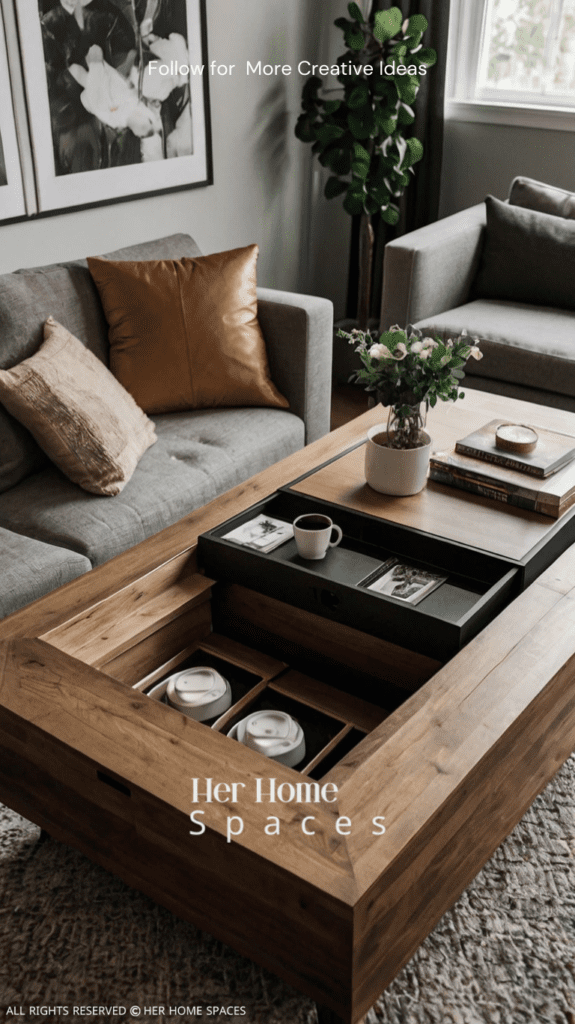
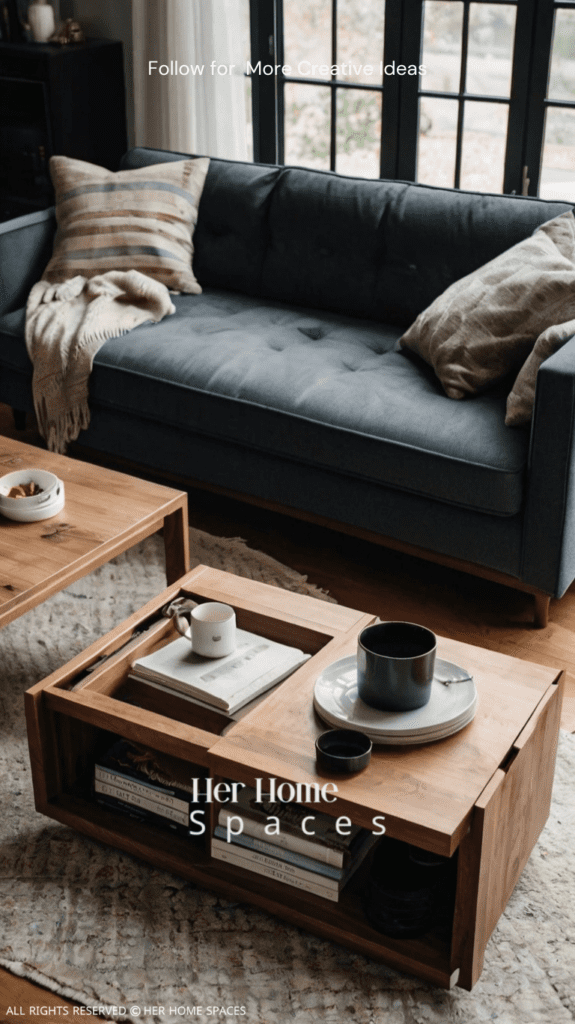
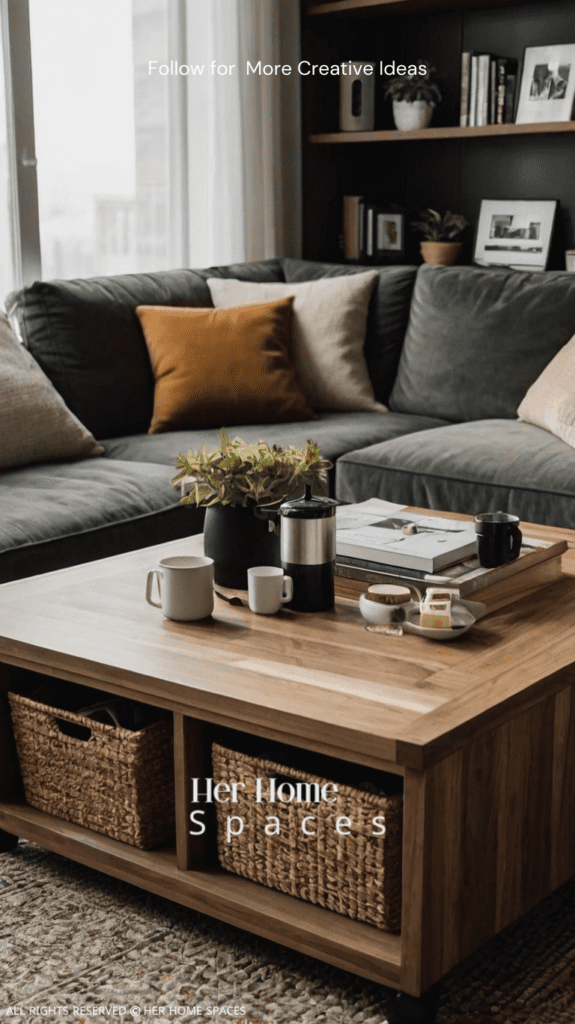
Smart Layouts
Arranging furniture in a small room can be like solving a puzzle. The goal is to maximize flow while keeping the space functional. One strategy is to place larger furniture items along the walls to free up the center of the room. This creates an open feel and allows for easier movement.
In my home office, I placed my desk against the wall and added a chair that can be tucked away when not in use. This layout left the center of the room open, making it feel more spacious.
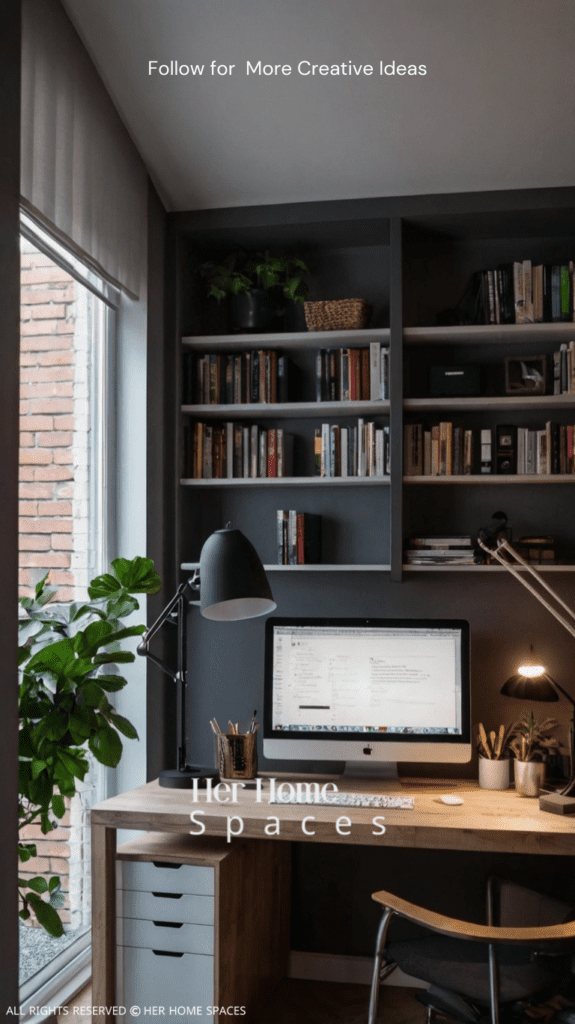
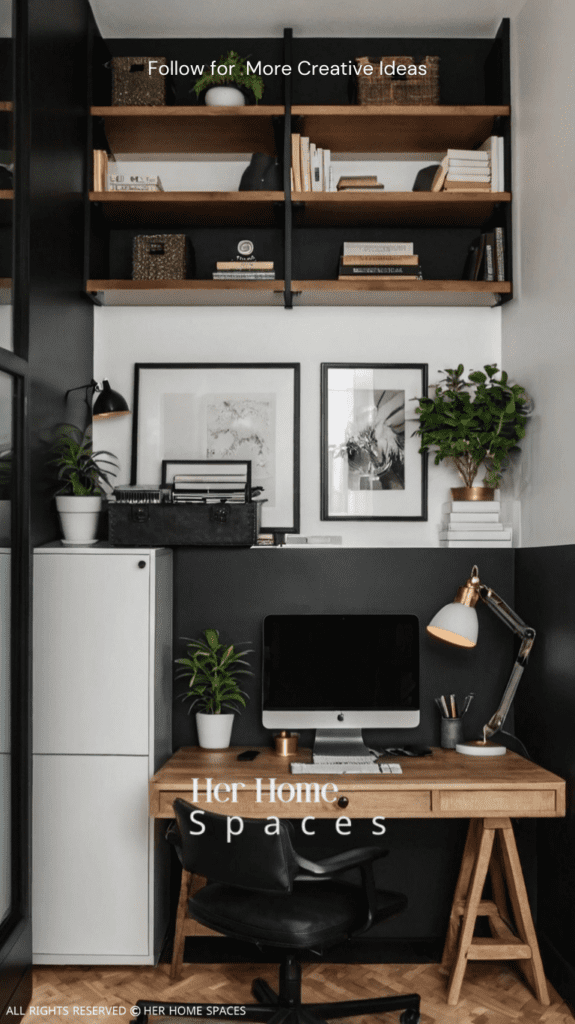
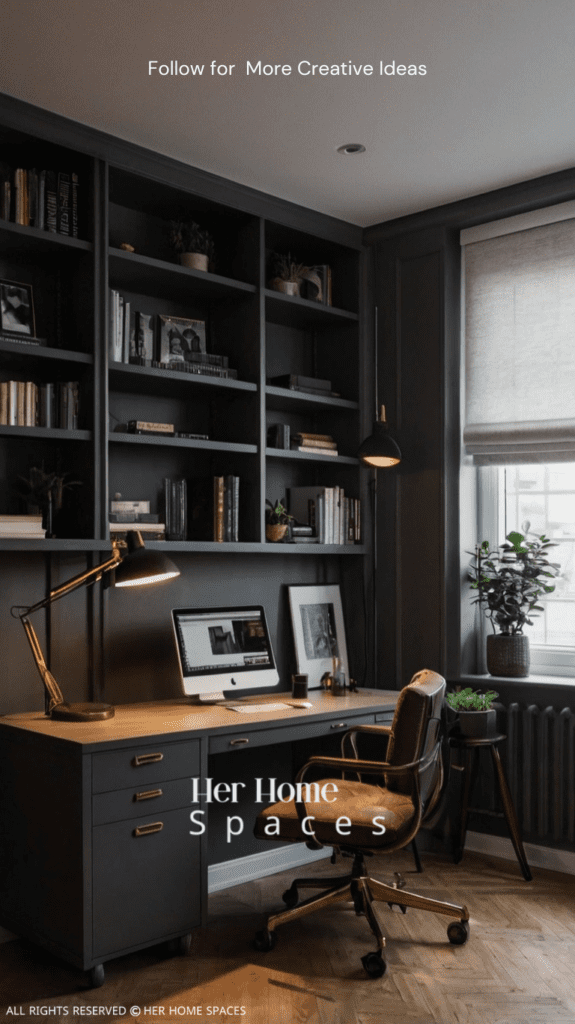
Looking for the perfect furniture to complete your room? Check out 25home best furniture for stylish, high-quality pieces that blend comfort and functionality. From ergonomic desks to cozy chairs, they’ve got everything you need to create a productive and beautiful space. Shop now and transform your study room into a sanctuary!
5. Incorporating Mirrors and Reflective Surfaces
Strategic Placement of Mirrors
Mirrors are a small room’s best friend. They not only reflect light but also create the illusion of more space. The key is to place them strategically. Hanging a large mirror opposite a window can double the amount of natural light in the room, making it feel brighter and bigger.
In my dining area, I hung a mirror above the buffet table, which not only makes the room feel larger but also adds a touch of elegance. Mirrors can be functional and stylish, so don’t hesitate to use them liberally.
Reflective Surfaces
Beyond mirrors, consider using reflective surfaces like glass, glossy finishes, or metallic accents to enhance the sense of openness. A glass coffee table, for example, takes up less visual space than a solid wood one, making the room feel less crowded.
In my bathroom, I opted for a glossy white tile backsplash. The tiles not only brighten the space but also reflect light, making the small room feel much larger than it is.
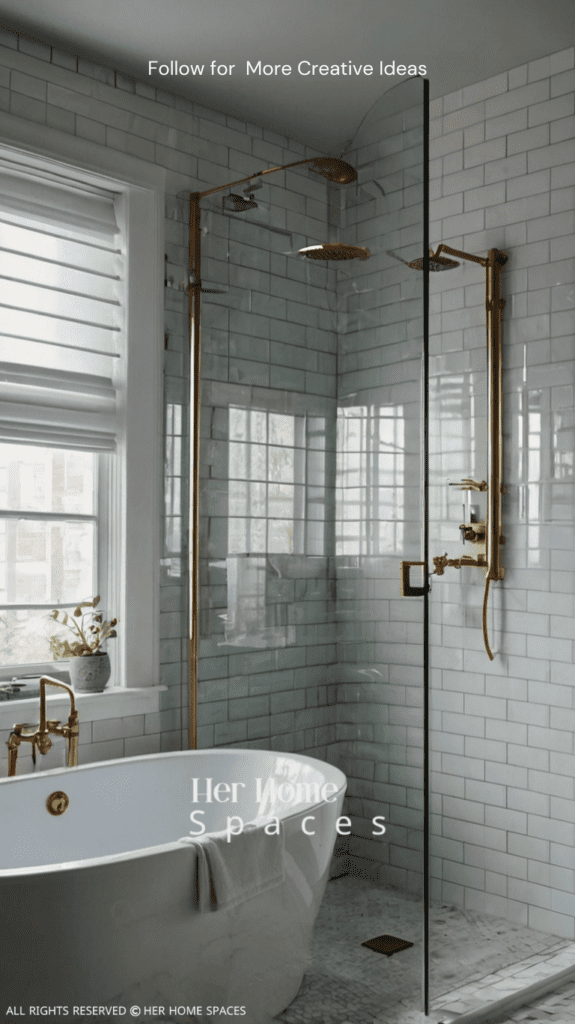

Looking for the perfect gifts and decorations to elevate your home? Explore MIXPLACES for a fantastic selection of unique decor items and thoughtful gifts for every occasion. Whether you’re sprucing up your space or surprising someone special, you’ll find stylish options that add a personal touch. Shop now and find something truly special!
6. Lighting to Enhance Space
Layered Lighting Approach
Lighting is crucial in small rooms, where every detail matters. A well-lit space feels larger and more inviting, so it’s important to layer your lighting. This means combining ambient lighting (like ceiling lights) with task lighting (such as desk lamps) and accent lighting (like wall sconces or under-cabinet lights).
In my kitchen, I added under-cabinet lighting to brighten up the countertops. It made cooking more enjoyable and also added a cozy ambiance to the space.
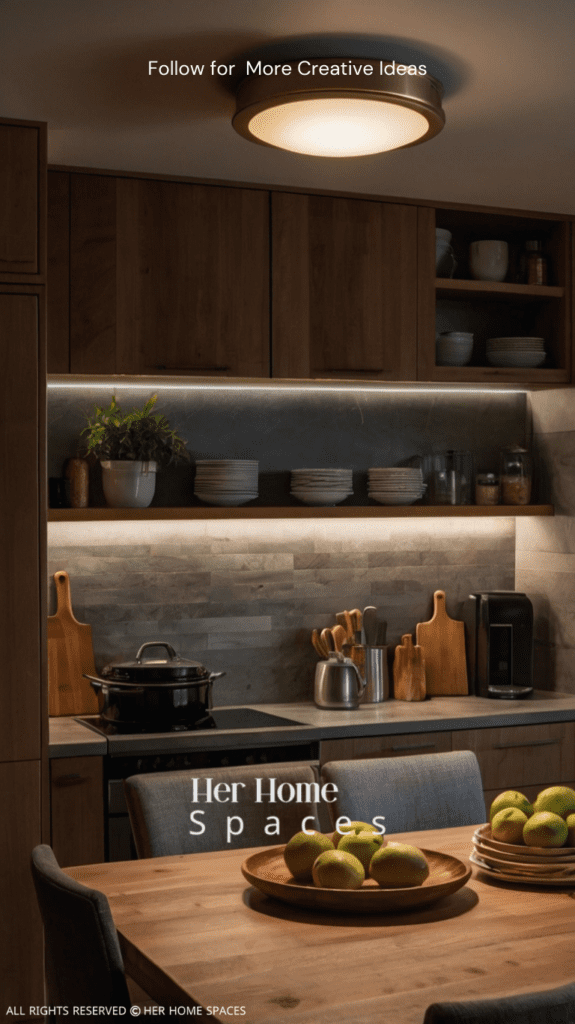

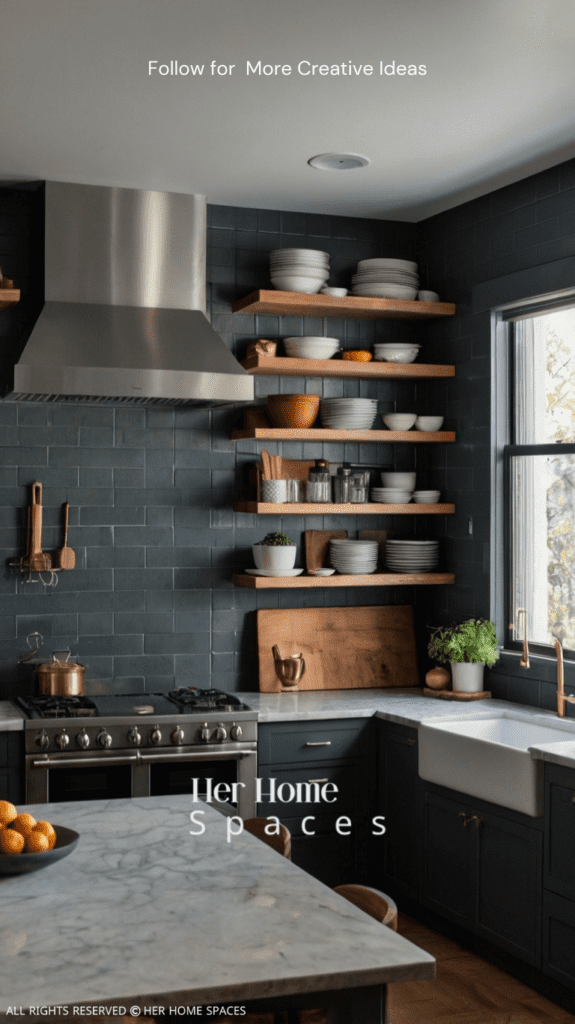
Maximizing Natural Light
Natural light is your best ally in a small room. Make the most of it by keeping window treatments light and airy. Heavy drapes can make a room feel closed in, while sheer curtains or blinds allow light to filter in without sacrificing privacy.
In my living room, I swapped out heavy curtains for light, gauzy ones. The difference was incredible—the room instantly felt more open and bright.
7. Decluttering and Storage Solutions
Declutter with Purpose
Clutter is the enemy of small spaces. Keeping your room tidy and free of unnecessary items is key to making it feel larger. Go through your belongings and ask yourself if each item is truly needed. If not, it’s time to let it go.
In my small bedroom, I regularly declutter my nightstand and dresser. It’s amazing how much more spacious the room feels when surfaces are clear and organized.

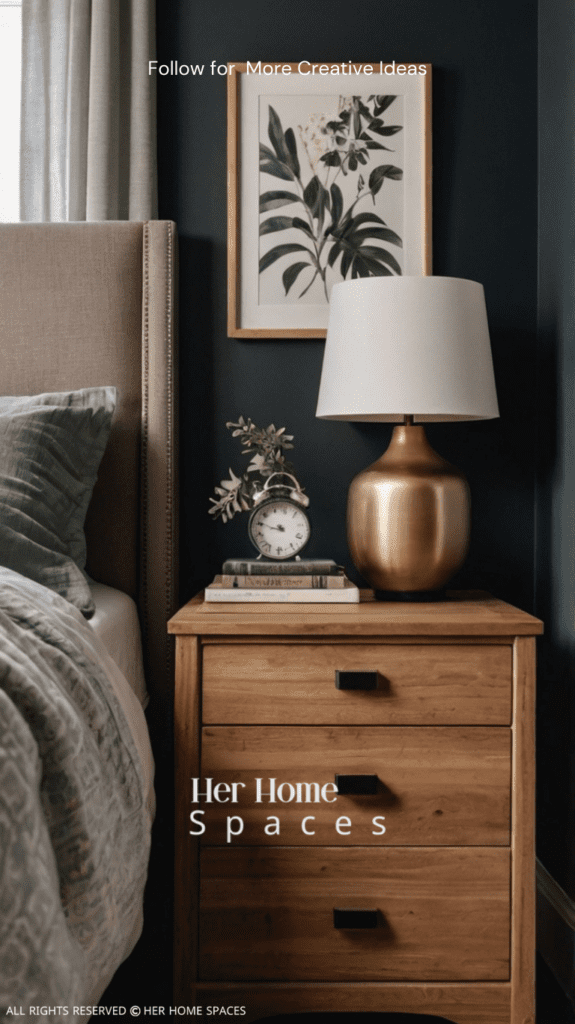

Hidden Storage Ideas
Finding storage solutions that don’t take up floor space is essential in small rooms. Look for furniture with hidden storage, like beds with drawers underneath or ottomans that open up to reveal storage inside.
In my living room, I use a storage ottoman as both a coffee table and a place to store extra blankets and pillows. It keeps the room tidy while providing extra functionality.
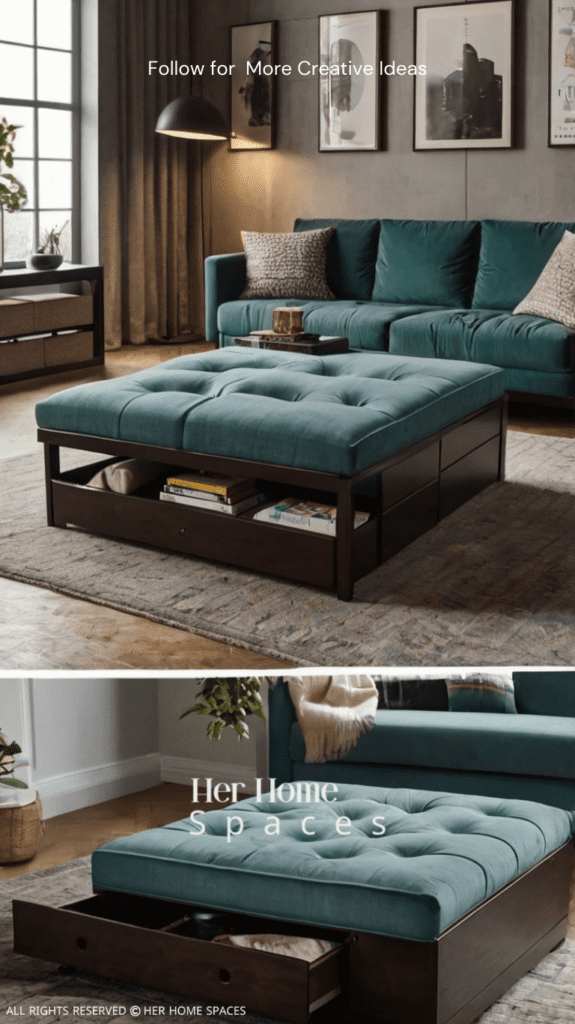

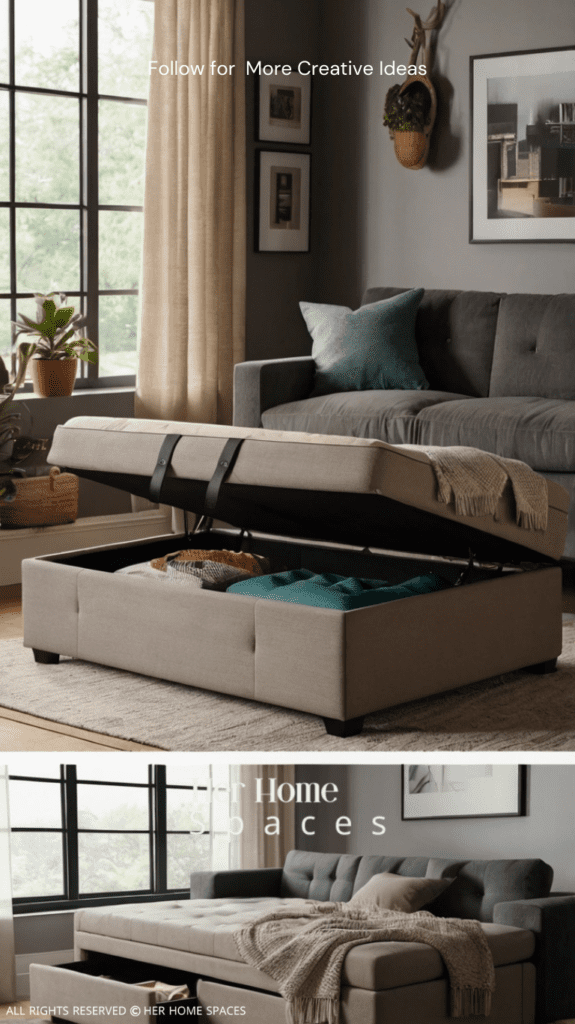
8. Adding Personal Touches
Art and Decor
Just because a room is small doesn’t mean it can’t be full of personality. Adding personal touches through art and decor can make a small space feel warm and inviting. Choose pieces that reflect your style, but be mindful not to overcrowd the space.
In my home office, I hung a few framed prints that inspired me. They add color and character without overwhelming the room.
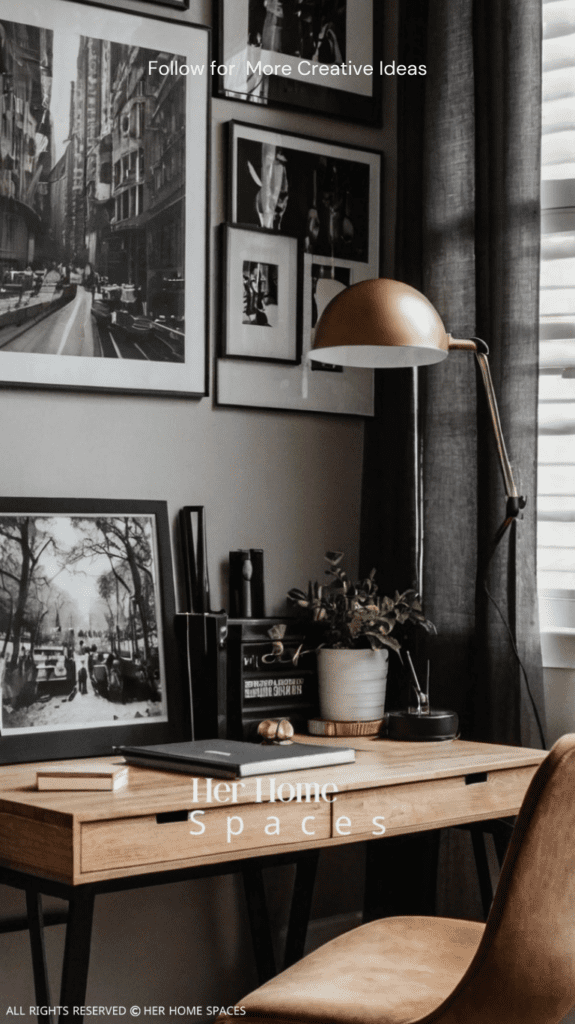
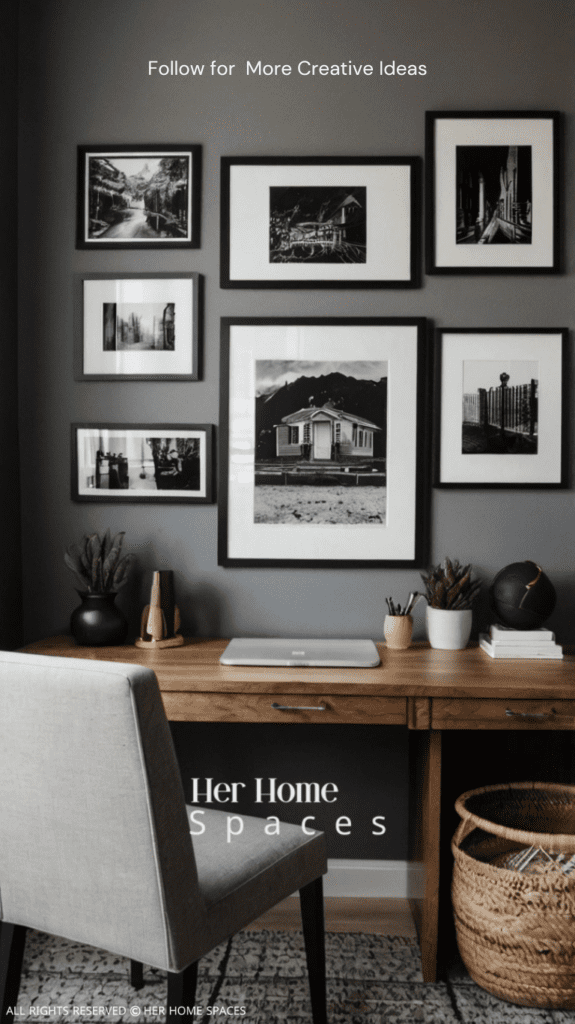
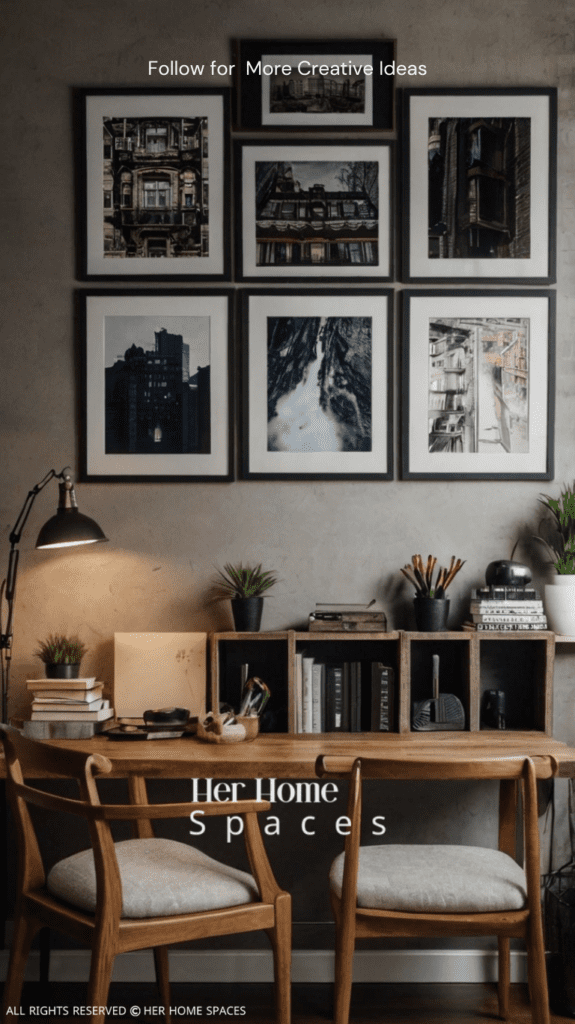
Plants and Greenery
Adding a bit of greenery can bring life to a small room. Choose plants that thrive in low-light conditions if your space doesn’t get a lot of natural light. Small potted plants or hanging planters can add a fresh, vibrant touch without taking up too much space.
I placed a few succulents on my windowsill in the bathroom. They’re low-maintenance and add a pop of green that brightens up the space.

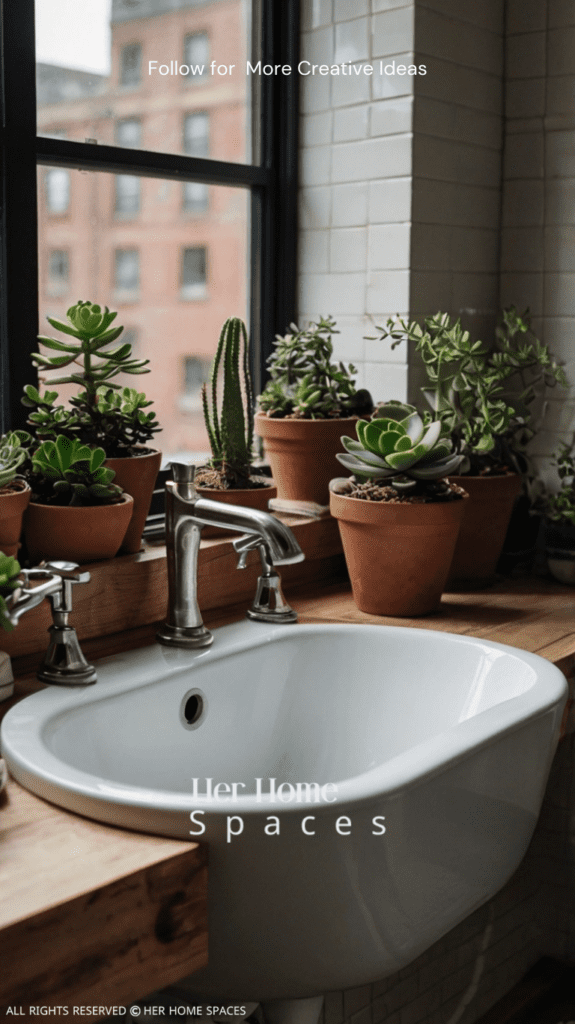
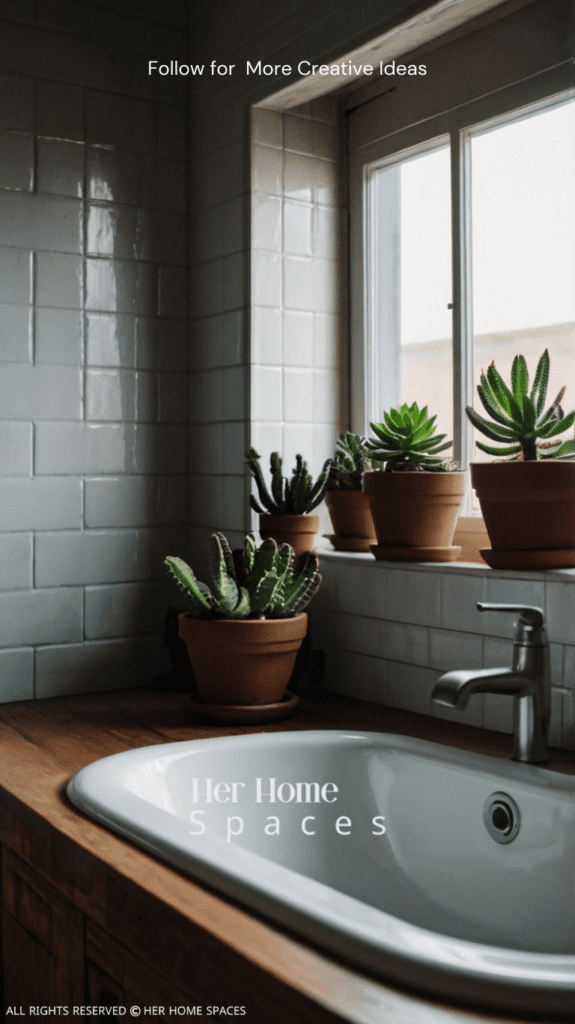
9. Transforming Small Rooms with Big Ideas: Final Thoughts
Redesigning a small room is all about making smart choices that maximize space while reflecting your style. From choosing the right color palette to incorporating multi-functional furniture, every decision counts. Remember, the right approach can make even the tiniest spaces cozy, functional, and beautiful.
In my own home, these tips have made all the difference. My small rooms now feel more open, organized, and uniquely mine. With a little creativity and some strategic planning, you can achieve the same in your space. So go ahead, take on that small room redesign with confidence—you’ve got this!
- Check out my post on DIY Pallet Sofa Plans for more space-saving furniture ideas.
- For tips on maximizing storage in your home, visit Creative Storage Solutions.
- Need more inspiration for small spaces? Don’t miss 25 Innovative Home Office Ideas.
Conclusion
Transforming a small room doesn’t have to be a struggle. By focusing on smart, space-saving ideas and adding personal touches, you can create a room that feels both spacious and uniquely yours. Remember to measure your space, choose the right color palette, and make the most of vertical storage. Whether you’re redesigning a small bedroom, living room, or office, these tips will help you achieve a stunning result.
So, are you ready to redesign your small room? Let’s get started and make the most of your space!
Discloser
This post may contain affiliate links. If you purchase through these links, I may earn a small commission at no additional cost to you. Your support helps me continue to create helpful content. Thank you!
If you enjoyed this post, I’d love for you to share it with your friends and family! Also, feel free to leave a comment below with your design ideas or tips—I’m always excited to hear your thoughts and learn from your creativity. Let’s inspire each other!

